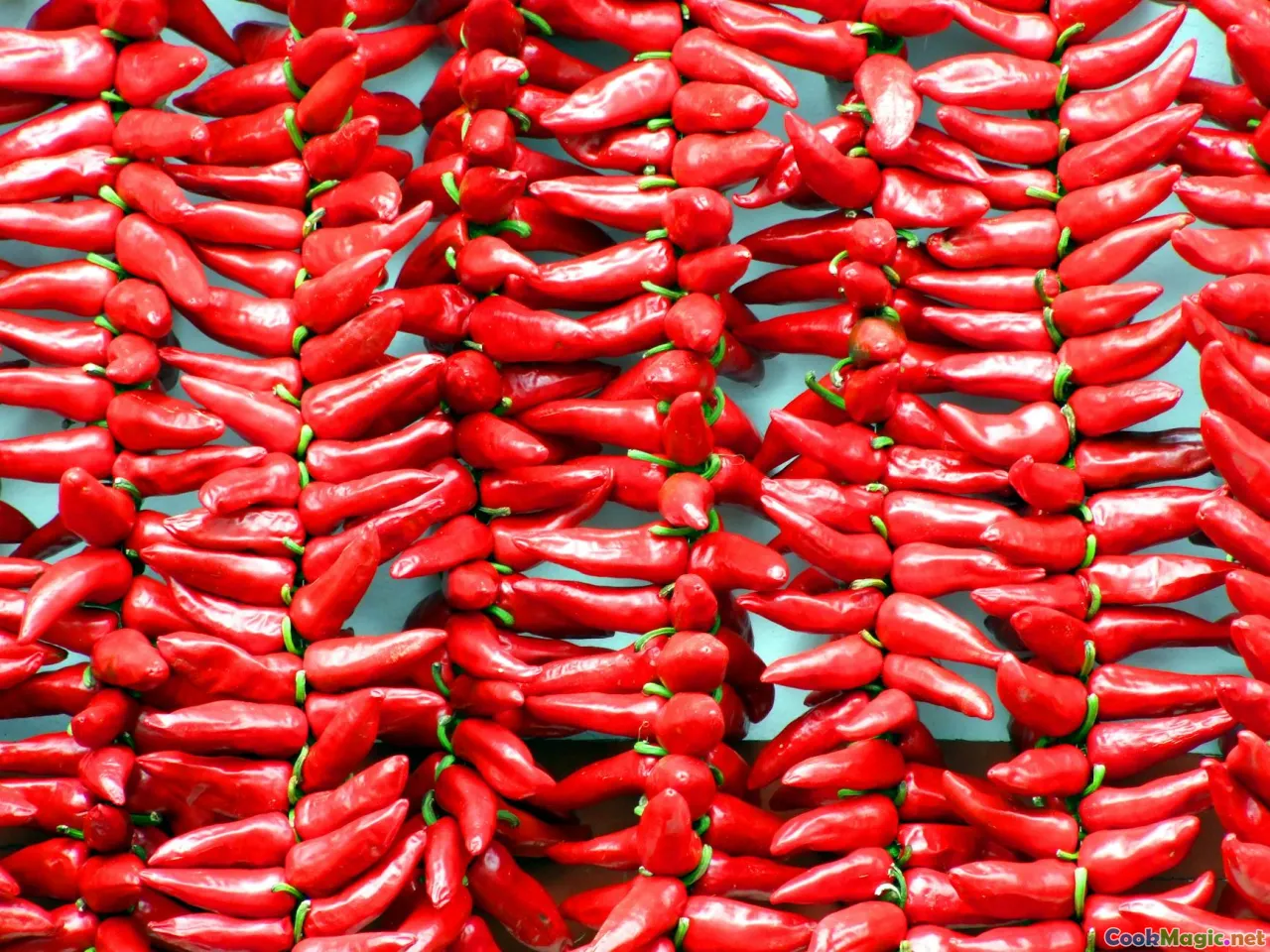The Role of Seasonal Ingredients in French Dishes
8 min read Discover how seasonal ingredients shape the flavors, traditions, and soul of French dishes, blending history, culture, and sensory delight. April 23, 2025 08:55
The Role of Seasonal Ingredients in French Dishes
French cuisine is often celebrated for its elegance, sophistication, and deep-rooted culinary traditions. Yet, beneath the refined façades lies a profound respect for nature’s cycles—an understanding that the best flavors emerge when ingredients are harvested at their peak. This harmony with the seasons is not just a culinary preference but a cornerstone of French gastronomic identity. In this article, we delve into how seasonal ingredients influence French dishes, shaping flavors, techniques, and cultural practices that have persisted for centuries.
The Cultural and Historical Significance of Seasonality in French Cooking
A Tradition Rooted in Nature
In France, the connection between seasons and cuisine is centuries-old. Historically, French farmers and cooks relied heavily on what was available locally, given the limited transportation technology of the past. This reliance fostered a culinary ethos that prized freshness and regionality.
During the Middle Ages and Renaissance, seasonal ingredients dictated menus in monasteries, noble courts, and peasant villages alike. The arrival of spring brought tender asparagus, delicate peas, and wild herbs. Summer was a riot of berries, tomatoes, and zucchinis. Autumn introduced hearty pumpkins, apples, and mushrooms, while winter called for preserved goods—cured meats, pickled vegetables, and dried fruits.
This cycle not only ensured a variety of flavors throughout the year but also created a culinary rhythm that tied communities to their land.
Influence on French Gastronomic Identity
The emphasis on seasonality is woven into the fabric of French gastronomy, influencing everything from market practices to haute cuisine. The marché (market) remains a vital institution, where vendors proudly display the freshest seasonal produce, often sourced from local farms.
Chefs, both traditional and modern, craft menus that celebrate the ingredients of the moment. This attentiveness elevates simple dishes into expressions of terroir—the unique taste of a place and its produce.
The Sensory Symphony of Seasonal Ingredients
Visual Appeal and Fragrance
Imagine strolling through a bustling French market in early spring. Vibrant green asparagus spears are bundled neatly, their tips bursting with freshness. The air is tinged with the sweet aroma of strawberries just beginning to ripen, promising juiciness and sweetness.
In summer, the colors intensify—deep red tomatoes, golden corn, and lush herbs fill the stalls, their fragrances mingling in a sensory orchestra that beckons chefs to create dishes bursting with color and aroma.
Taste and Texture
Seasonal ingredients bring unparalleled taste and texture. Spring peas are sweet and tender, melting in the mouth, while summer berries deliver a burst of tartness balanced by a natural sweetness. Autumn squashes are velvety and earthy, perfect for soups and roasts, while winter root vegetables like parsnips and turnips develop a rich, caramelized depth when roasted.
This sensory richness encourages French chefs to craft dishes that highlight the unique qualities of each season’s bounty.
Iconic French Dishes and Their Seasonal Roots
Spring: Asparagus and Lamb
Spring in France heralds the arrival of tender white and green asparagus. Dishes like Asparagus Mimosa—where cooked asparagus spears are topped with chopped hard-boiled eggs—celebrate this fleeting ingredient.
Lamb, especially the Gigot d’Agneau, is a springtime favorite, often paired with young herbs and spring vegetables, embodying renewal and freshness.
Summer: Tomatoes, Berries, and Seafood
The summer months shine with ripe, sun-kissed tomatoes—central to dishes like Salade NiçoiseandRatatouille. Berries such as strawberries and raspberries are transformed into delicate tarts and desserts.
Seafood, including mussels and oysters, is at its peak, featured in simple yet exquisite preparations like Moules Marinières.
Autumn: Mushrooms, Apples, and Pumpkins
Autumn brings a harvest of earthy mushrooms—cèpes, chanterelles, and porcini—used in luxurious sauces and risottos. Apples are turned into tarte Tatin or cider, a cornerstone of Norman cuisine.
Pumpkins and squashes become the base for hearty soups and gratins, embodying the comforting flavors of the season.
Winter: Root Vegetables and Preserved Goods
Winter dishes often revolve around root vegetables like parsnips, carrots, and turnips, roasted or puréed to add warmth and heartiness. Preserved foods—such as confit de canard (duck confit) and preserved fruits—provide depth and richness during the colder months.
Personal Reflections and Modern Interpretations
As a food writer and avid traveler, I’ve observed that chefs today continue to honor seasonality through innovative techniques. In Paris, for example, celebrated chefs source ingredients directly from local farms, creating menus that change weekly to reflect the freshest produce.
One memorable experience was dining at a small bistro in Provence, where a spring vegetable terrine was layered with asparagus, peas, and fresh herbs, each bite bursting with the essence of the season. The dish was a testament to the French philosophy that good food begins with respecting and understanding nature’s rhythms.
Modern French cuisine also embraces sustainability, with farm-to-table practices that emphasize seasonal eating as a way to reduce environmental impact while maximizing flavor.
Conclusion: Embracing the Rhythm of Nature
The role of seasonal ingredients in French dishes is more than a culinary tradition; it’s a reflection of cultural values, respect for nature, and a celebration of fleeting moments of abundance. By aligning their menus with the natural cycles, French chefs and home cooks alike honor a timeless dance—one that connects us to the land, to history, and to each other.
In an era of globalized food markets and year-round produce, returning to the roots of seasonality offers a renewed appreciation for simplicity, authenticity, and sensory richness. Whether you’re savoring a ripe strawberry in summer or a hearty pumpkin soup in winter, remember that these flavors are fleeting gifts—precious, evocative, and deeply rooted in the soul of French gastronomy.









